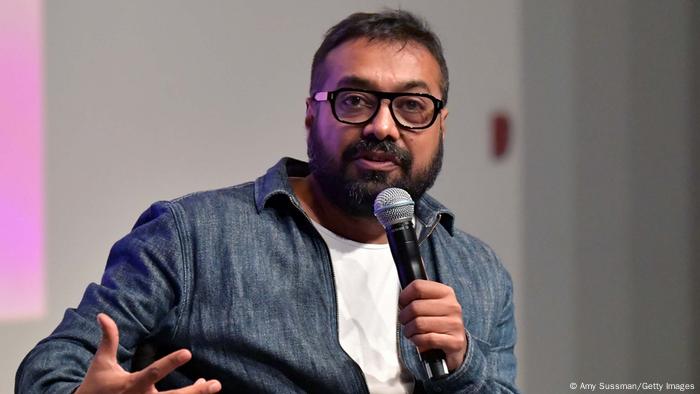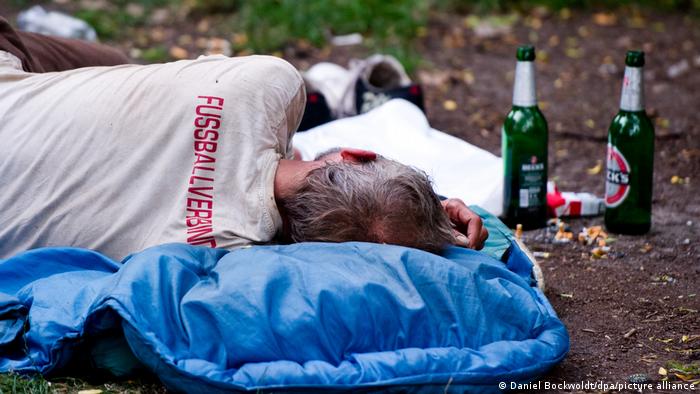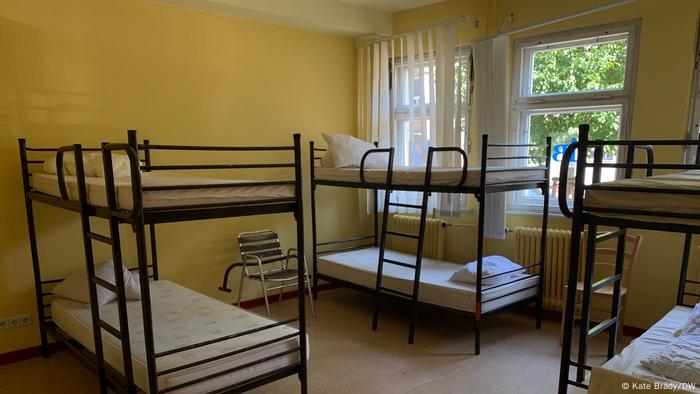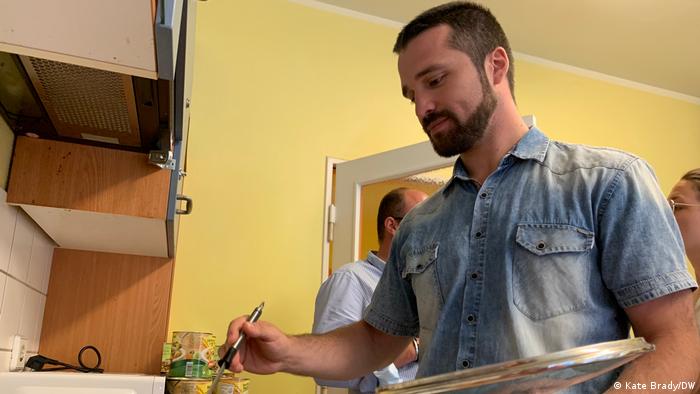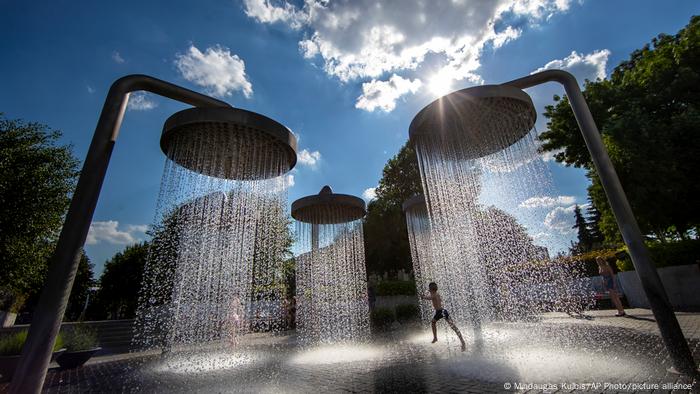Special to National Post -
The Conservative Party of Canada is in the throes of an identity crisis.

Conservative leadership candidates take part in a debate in Ottawa on May 5.
I have been a Conservative all of my adult life, witnessing firsthand the party’s evolutions and iterations over 60 years. Throughout that time — as I went from being a secretary at party headquarters and in John Diefenbaker’s office, through years as a war horse in battles that all seemed momentous at the time, to my grateful service in the Senate of Canada — there was always a common bond that held Conservatives together as we worked in the best interests of the party and of the country.
It is true that the Conservatives’ challenges have always been more difficult, given the particular makeup of our party, representing as it does the diverse interests and regions of the country. This has been part of our strength, but also the source of our difficulties in expanding our electoral appeal. As evidence of this, I point out the simple fact that since I first joined the staff of the party during the final year of the Diefenbaker government in the 1960s, our party has been in power only three times — in 1979, with the short-lived Clark government; from 1984-1993 with the government led by the visionary and courageous Brian Mulroney; and from 2006-2015 under the highly intelligent and disciplined Stephen Harper. If you do the math, that’s a grand total of 19 years in the past six decades.
Now, I fervently believe that the Conservative party has reached an existential choice. The current leadership race is the third in six years, and the message that sends to Canadians in general cannot go unheard by Conservatives in particular: we have to get it right this time. I fear that if we don’t, the great accommodation reached by Stephen Harper and Peter MacKay in the fall of 2003 could fracture, possibly beyond repair.
Clearly, this trend cannot continue if we are serious about earning the support of Canadians in future elections. Setting aside the unseemliness of the treatment of the last leader, Erin O’Toole, and what that says on a human scale, it was clear that he had lost the support of the caucus. The party moved swiftly to set in motion the process for choosing the next leader. Personally, I applauded the leadership election organization committee for resisting demands for an early vote, opting instead for a longer campaign. The wise decision to hold the vote on Sept. 10 would allow the time required for potential leaders to enter the race, organize their campaigns, sell memberships and introduce themselves to the membership.
In an essay written for Centre Ice Conservatives , a centrist group I joined in February, I urged leadership candidates to conduct themselves in a serious and respectful manner, to focus the discussion and debates on issues and solutions people actually care about and, by their actions, demonstrate who we are, what we stand for and how we would govern the country if given the chance. I wrote that if they did so, we would all be winners. I cautioned about the dangers of divisive and excessive rhetoric and felt then, as I do now, that fanning the flames of vitriol, grievance and anger solves nothing, making it even more difficult to work through some very serious issues facing our country. Eventually, anger subsides and people look for solutions. Sadly, for some, when the anger page is turned, the next page is blank; there’s no there there.
Since writing that overly optimistic (perhaps naive) essay, I have observed the subsequent spectacle — and yes, it is a spectacle — with growing alarm. Six individuals met the candidate requirements and were approved by the party to run for the leadership. It should have been relatively easy for each one to communicate a positive message on why they felt they were the best choice. No such luck.
Obviously, sharp divisions, conflicting points of view and bruised egos were to be expected. But how on earth can we ever be taken seriously when some potential leaders resort to untruths, bullying and generally reprehensible behaviour, calling competitors corrupt, liars or the laughable “Liberal” tag? When I hear such nonsense, I wonder what happened to the broadly recognized truth that the Conservatives can’t succeed without appealing to voters who’ve voted for other parties?
While the two party-sponsored debates in May did produce a few positive moments, the overall view is that the opportunity for members to assess each candidate’s ideas and leadership skills fell short. Therefore, it is absolutely imperative that the party sponsor a third debate now that the membership list is set. Rumour has it that this is being seriously considered but that some campaigns are resisting. Shame on all of us if the party capitulates to the threats of one or more of the candidates. A third debate will provide one last chance for the membership to truly test the candidates in full public view.
I have not joined the campaign of any leadership candidate, deciding to join Centre Ice Conservatives instead, to add my voice to the majority who see themselves in the moderate, mainstream centre, centre/right. In February, I resigned from the Carleton riding board over the so-called Freedom Convoy. An illegal blockade is an illegal blockade, whether it is of a border crossing, a pipeline, a railroad or a city and its citizens. Respect for the law is at the core of my conservative beliefs and indeed law and order is a cornerstone of conservatism. When I resigned, I referenced a Policy Magazine article by veteran party strategists Geoff Norquay and Yaroslav Baran, who astutely stated that the next party leader should be “a uniter not a headwaiter.” “A successful leader, whoever he or she may be,” Norquay and Baran wrote, “will be one who serves not as a headwaiter to the factions, but rather as a co-ordinator and steward channelling all their energies forward toward a common goal and collective vision.”
It has been suggested by some that those who share my views resist change. This is ludicrous. Throughout all my years in the party, we have evolved and changed as is necessary for any modern-day political party. I am all for change. This, in fact, is the question for members of the Conservative party. Are we changing with the times? Do we represent positive change? Do we recognize and support Canada’s changing demographics? Will a significant number of Canadians see themselves in our party and change their opinions and consider voting for Conservative candidates when they next head to the polls?
We are indeed at an existential moment and I repeat: we must get it right this time. I urge all voting members of the Conservative party to think long and hard about their vote by using the power of the secret ballot to choose a leader who can appeal to the whole country and lead us to victory in the next election over the incompetent, directionless and ethically challenged Liberal government. Our party’s beliefs, hopes, views and issues will never be addressed unless we are electable. The future of our party, but more importantly, the future of our country is at stake.
This essay originally appeared in Policy Magazine and is republished here with permission.
Marjory LeBreton is a longtime Conservative who has worked for the party since the Diefenbaker years. Appointed to the Senate by Prime Minister Brian Mulroney in 1993, she was named government leader in the Senate by Prime Minister Stephen Harper in 2006, and served in cabinet until 2013. She retired from the Senate in 2015.






